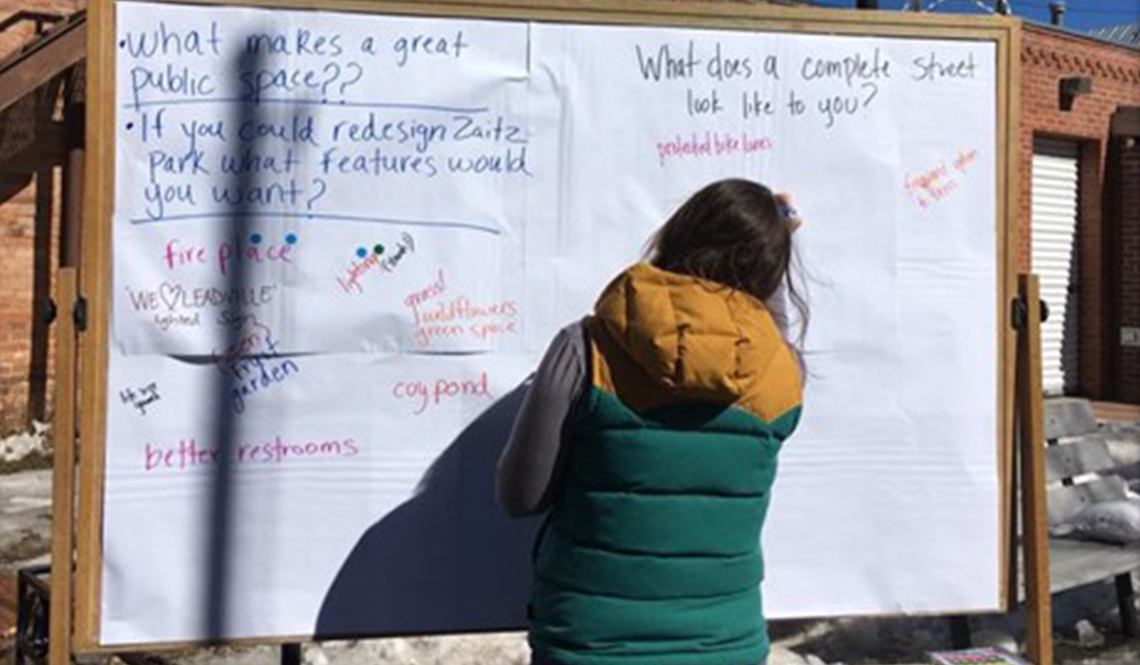
- Select a language for the TTS:
- UK English Female
- UK English Male
- US English Female
- US English Male
- Australian Female
- Australian Male
- Language selected: (auto detect) - EN
Play all audios:
Recently, Prime Minister Narendra Modi assured that a bill would be passed to effect the mutual transfer of Bangladesh-held enclaves within India in West Bengal and Indian enclaves in
Bangladesh. The problem is: Bangladeshi enclaves are surrounded by Indian state all around and as a result, Bangladesh cannot provide any services to the people, including citizenship
rights. The same is true for residents of Indian enclaves within Bangladesh, who suffer similar inhumanities because the Indian state cannot reach them. These problems have existed ever
since Partition in 1947. Under UPA-II, PM Manmohan Singh had, in 2011signed a protocol to transfer the land to the respective countries. But this was impeded by the obstinate approach of
West Bengal Chief Minister Mamata Banerjee, on the grounds that India was giving away more land to Bangladesh than we were getting in return. Therein lies the importance of centre-state
relations for the success of Indian foreign policy. The nature of centre-state relations depends on, not only the powers of the centre, but also the nature of government at the centre;
whether it is ruled by one party or a coalition and whether there is a one-party dominance in the country or multi-party sharing of powers in states. As far as powers are concerned, our
Constitution provides ‘exclusive power’ to Parliament to make laws in foreign affairs and national security, including internal security policy-making. Wherever there is a ‘foreign’ element
involved, the federal government has been given control over it, like for instance, fishing beyond territorial waters. But the Indian political process, in reality has gone through two
extremes in the last 67 years; in consequence, it has affected the manner in which federal governments in India have seen and worked on relations with states. These are: the One-Party
dominance system (1952-1989) and the Multi-Party system (1989-2014 up to UPA II). These two models differently affect the making of foreign policy. We have to wait to see how the present
government will conduct its relations with the states, as even if it has absolute majority in the Lok Sabha, it does not have a majority in the Rajya Sabha and there are different political
parties in power in the states. Thus, during the Bangladesh War in 1971, Mrs. Gandhi informed Parliament of her intention to sign a treaty of Peace & Friendship with the Soviet Union one
hour before, on August 9, 1971. But after Manmohan Singh signed the CND with the US and presented a 123 agreement with the US to the Lok Sabha for approval in 2008, there was stiff
opposition from the Marxists, who were supporting the UPA-I Government. When the agreement was passed, it did not bring any glory either to the government or the Lok Sabha! It sullied the
reputation of both institutions. The impact of the multi-party system at the federal level on the conduct of foreign policy has illustrated the tremendous pulls and pressures of moving away
foreign policy goals from a rational choice. Look at the manner in which the question of Prime Minister’s participation in Commonwealth Heads of Government Meeting in November 2013 in Sri
Lanka was decided. The two main Dravidian political parties—the DMK and the AIADMK, through a legislative assembly resolution in Tamil Nadu, asked the PM not to attend it in protest against
the Sri Lankan Army’s violation of human rights during the war against the LTTE. This chorus was joined by prominent Congress ministers, P Chidambaram, A K Antony, V Narayansami and G K
Vasan. The PM did not go. Instead, he sent Minister for External Affairs, Salman Khurshid. The rational choice would have been for the PM to attend, so he could ask the Sri Lankan President
to investigate human rights violations and press for a lasting political settlement with the Tamil minority in Sri Lanka. He also had also an invite from the chief minister of the Northern
Territories. As for Mamata Banerjee, in 2011, not only did she not agree to the mutual transfer of enclaves between India and Bangladesh, but she also rejected the then federal government’s
proposal on the sharing of Teesta waters on the grounds that the proposed reduction in the share of waters of West Bengal from the present 75 per cent to 52 per cent to raise the Bangladesh
quota from 25 per cent to 48 per cent would cause suffering to farmers in North Bengal. But now, she has agreed to the new deal over the transfer of enclaves as proposed by the Modi
Government. She has agreed to provide land in West Bengal to settle those who will move in from Indian-held enclaves in Bangladesh. She might also agree to revisit the water-sharing formula
if the Indian Government agrees to re-examine de novo the Teesta water-sharing agreement. The writer is a former Professor of Politics, University of Mumbai and Honorary Director &
Convener, VPM’s Centre for International Studies. P M KAMATH





